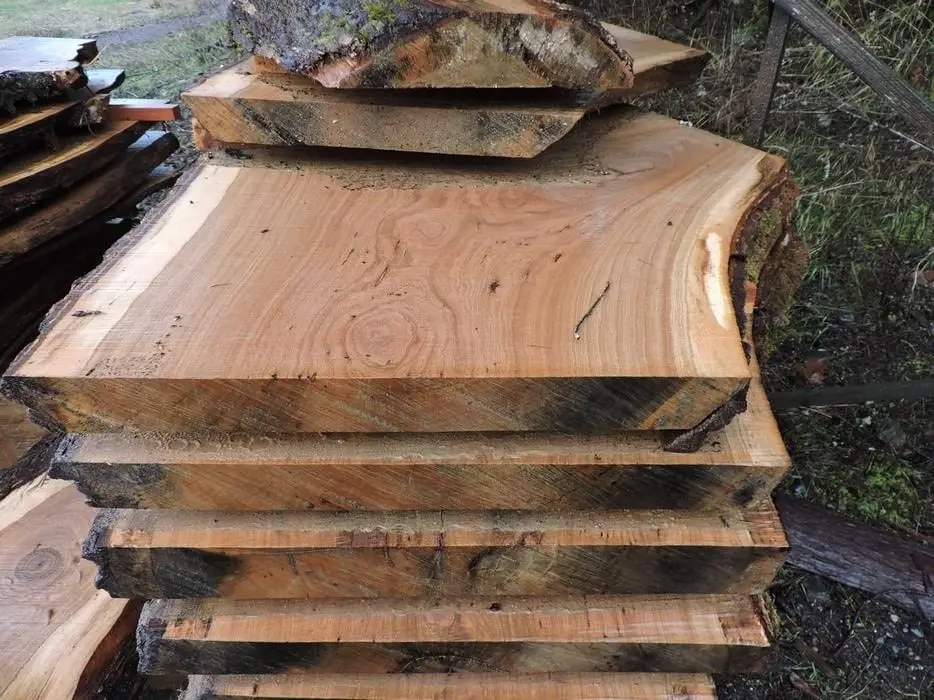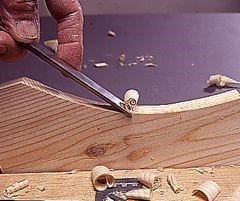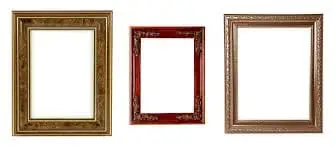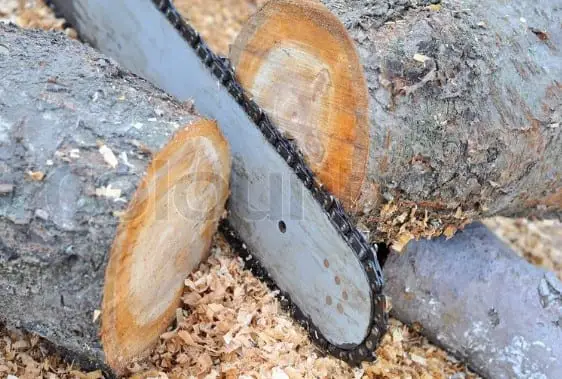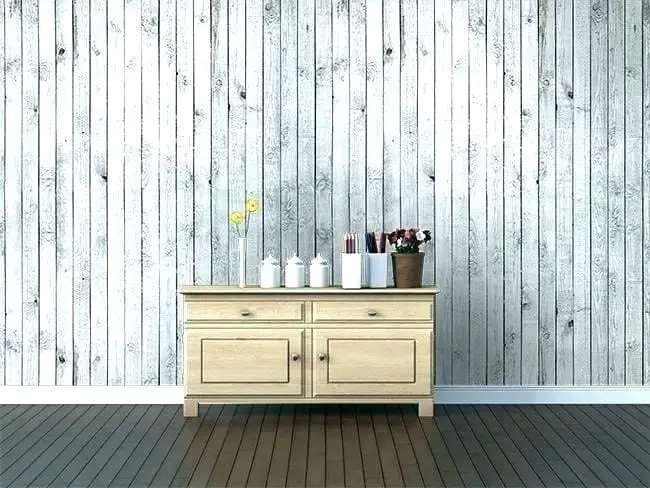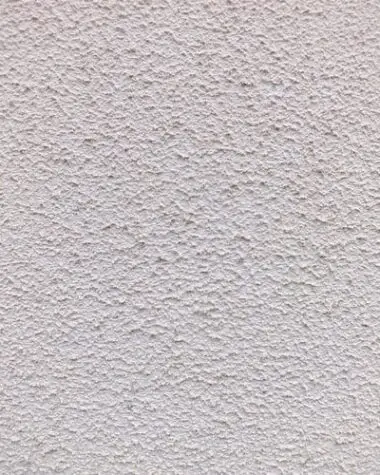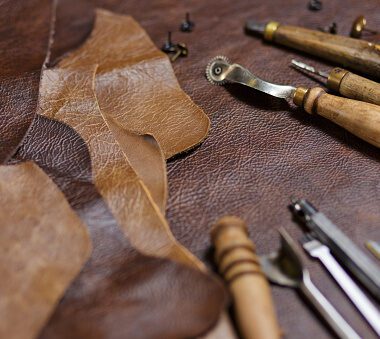When it comes to showing off the natural design of wood grains there is nothing like quarter sawn wood. Quarter sawn wood is the angle that the annular growth rings intersect along the surface of the board.
Different people have different opinions as to what exactly the quarter sawn angle is. Some define it as between 60 – 90 degrees while some say that it is between 75 – 90 degrees or 45 – 90 degrees. To achieve the look each log is cut at a radial angle into four quarters. Then each quarter is then plain sawn.
Quarter sawn wood qualities
Aesthetic quality
Quarter sawn wood comes with an amazing straight grain pattern which dramatically improves its design. This type of wood is used in making cabinets, flooring, crafts and fine furniture. This natural wood is actually the traditional wood used in making mission style furniture.
Quarter sawn wood is also found in red oak and white oak. Other wood varieties that are used make quarter sawn wood are walnut, maple, and cherry.
Stable and durable
Aside from its lovely grain pattern, quarter sawn wood is also stable to work with. Quarter sawn lumber will never twist, warp or cup. This is moisture-resistant and is less prone to surface checking and raised grains.
Very expensive
Quarter sawn lumber is quite expensive due to the labor it takes to cut or mill each piece of wood. To mill quarter sawn wood, each log is sawed at a radial angle into four quarters. Afterward, each quarter is plain sawn. This method may leave some waste but not as much as rift sawn lumber.
There are a number of great benefits to buying quarter sawn wood products. Aside from improved structural integrity:
- Quarter sawn wood has a smoother surface because of less distinct grain. This method decreases expansion and contraction on the width of the plank.
- Quarter sawn wood will never twist, cup and warp
- Quarter sawn wood has an irregular design but this ages evenly over time. This reduces surface checking.
- Quarter sawn wood is more resistant to moisture
- Quarter sawn wood offers paint retention
Complicated cuts but the results are gratifying
Certainly, quarter sawing is more complicated than cutting wood in a straightforward manner. The log is quartered, one board is cut off the quarter, the remaining section is turned while another board is cut off. The section that remains is turned while another board is cut off until the entire log is done.
The importance of annual rings
Aside from telling us how old a tree is, annual rings have special purposes as well.
In regular plain-sawn wood, wood may cup in the direction opposite the curve of the annual rings. However, the annual rings in quarter sawn wood are nearly perpendicular to the face grain, therefore, it won’t cup at all.
What is seen in the face of the annual rings is what you will see in the face grain. The dramatic cathedral or unique flame pattern on the face of wood is due to the way plain sawing was done across the annual rings.
Plain-sawn wood has a more dramatic grain pattern found along the face. You will also notice that the ace grain of the quarter-sawn wood is very straight, thanks compared to quarter sawing process slices through the annual rings. Quarter sawn wood has exposed internal rays. In some materials like red and white oak, this can be very dramatic. The cut even provides an amazing three-dimensional appearance.
Quarter-sawn wood can win hands down compared to plain-sawn wood. Quarter-sawn wood is more stable compared to plain-sawn. It is resilient to cupping and expands and contracts less. You can count on quarter-sawn wood to have a “quieter” face grain than plain-sawn wood. And when it comes to dramatic appearance nothing can match the beauty and versatility of quarter sawn wood.
Conclusion
Quarter sawn wood is prized for its unique appearance as well as its durability. Its rings and its design are perfect for adding durability and prevent cupping which is very common in plain cut wood. You can find very expensive furniture, cabinetry, and flooring made from quarter sawn wood as well. Although this is much expensive than most natural wood, it is definitely worth it.
